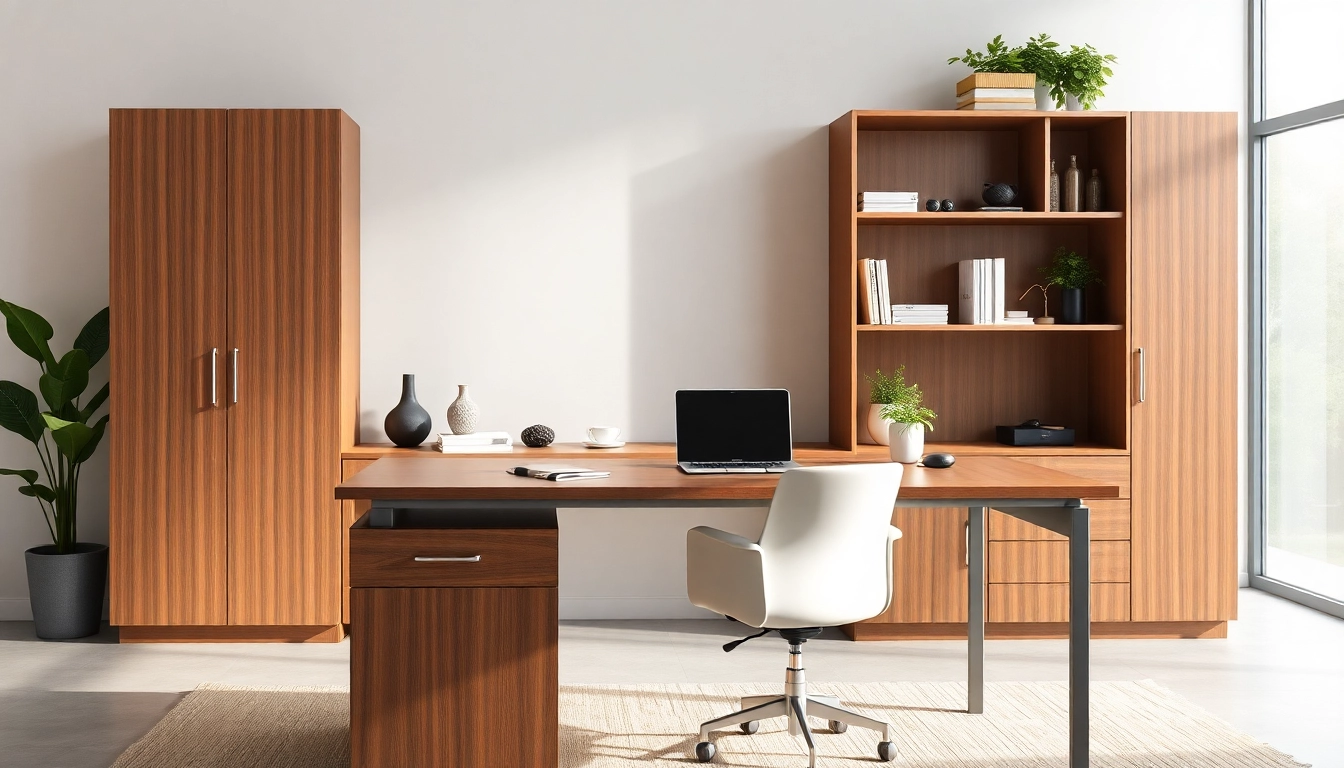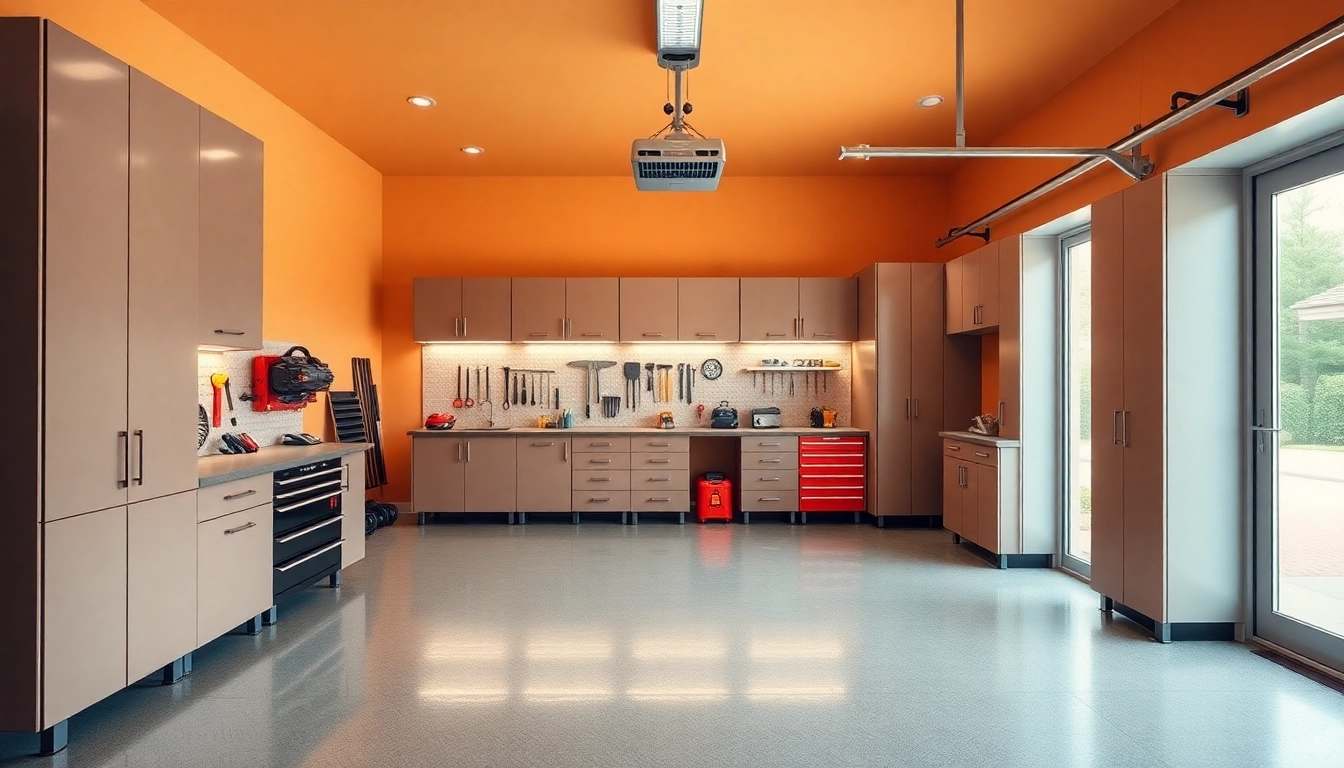Understanding Sliding Partition Walls
What is a Sliding Partition Wall?
A sliding partition wall is a versatile solution designed to divide spaces seamlessly, often used in residential and commercial environments. These walls are typically mounted on tracks, allowing them to glide open or closed as needed. Unlike traditional walls, sliding partitions can easily adapt to the changing purposes of a space, providing flexibility for various layouts and uses.
Key Benefits of Using Sliding Partition Walls
Sliding partition walls offer a multitude of advantages:
- Space Management: They allow for the efficient use of available space, enabling areas to be combined or separated easily.
- Flexibility: These walls can be opened or closed as needed, making them ideal for multi-functional rooms.
- Cost Efficiency: Compared to permanent construction, sliding partitions require less investment and can be installed with minimal effort.
- Design Versatility: Available in various materials such as wood, glass, and fabric, they can complement any interior design style.
- Improved Acoustics: Many sliding walls also provide sound insulation, making them suitable for offices, music studios, and other environments where privacy is essential.
Common Applications in Homes and Offices
Sliding partition walls can be applied in several settings:
- Homes: They are commonly used to create privacy in open-concept living areas, divide bedrooms, or separate dining spaces.
- Offices: Businesses utilize them to create meeting rooms, collaborative spaces, or areas for focused work.
- Studios: Designers and artists often use movable walls to manage their workspaces efficiently, adapting them based on current projects.
- Event Venues: In spaces like banquet halls or theaters, they help create diverse layouts for different events.
Choosing the Right Sliding Partition Wall for Your Needs
Material Options: Wood, Glass, and More
When selecting a sliding partition wall, material choice is critical. Here are common options:
- Wood: Offers warmth and aesthetic appeal, suitable for traditional interiors.
- Glass: Ideal for modern spaces, allowing light to flow while still providing separation.
- Fabric: Lightweight and can add texture; often used in temporary partitions or soft dividers.
- Metal: Provides durability and a contemporary look, commonly used in industrial settings.
Size Considerations for Effective Space Management
Choosing the right size for your sliding partition wall is crucial to ensure it meets your functional needs. Consider the following:
- Height: Opt for full-height walls for maximum privacy and noise reduction.
- Width: Determine the size of the opening you want to create; wider walls offer more flexibility but require more space.
- Track Length: Ensure that the track can accommodate the wall’s overall size when fully opened.
Choosing the Right Mechanism: Track vs. Non-Track Systems
When it comes to operating systems, there are two primary options:
- Track Systems: Most common, allowing smooth gliding along a mounted track. They are available in ceiling-mounted or wall-mounted configurations.
- Non-Track Systems: Offer more flexibility, as they don’t require extensive installation. However, they may have limitations in terms of size and stability.
Installation Techniques for Sliding Partition Walls
Step-by-Step Guide to DIY Installation
For those considering a DIY installation, here’s a simplified step-by-step guide:
- Measure the Space: Use a tape measure to determine the area where the wall will be installed.
- Choose a Track System: Select a suitable track based on your wall size and weight.
- Mark Mounting Points: Based on your measurements, mark the points where the track will be fixed.
- Install the Track: Secure the track to the ceiling or wall using appropriate hardware.
- Hang the Wall Panels: Insert the sliding panels into the track, ensuring they glide smoothly.
- Test the System: Move the panels to ensure they operate correctly and make any necessary adjustments.
When to Hire a Professional Installer
While DIY installation can be cost-effective, there are circumstances where hiring a professional is beneficial:
- Complex Designs: If the partition requires intricate designs or multiple angles, a professional can ensure precision.
- Weight Considerations: Heavier materials like glass may require specialized installation techniques.
- Time Constraints: Hiring a professional can save valuable time for those with busy schedules.
Common Challenges and Solutions
While installing sliding partition walls, you may encounter challenges such as:
- Alignment Issues: Ensure tracks are level and properly aligned; use a level tool for accuracy.
- Panel Weight: Heavy panels may require reinforcement; consider seeking professional assistance for heavy materials.
- Operational Problems: If panels are sticking or hard to move, check for obstructions and ensure the track is clear.
Maintaining Your Sliding Partition Wall
Regular Maintenance Tips for Longevity
To keep your sliding partition wall in optimal condition, regular maintenance is essential:
- Cleaning Tracks: Regularly clean the tracks to remove dust and debris that could hinder movement.
- Inspect Mechanisms: Regularly check the fastening of the track and panels, tightening any loose components.
- Lubrication: Apply appropriate lubricants to the track mechanism to ensure smooth operation.
Cleaning Techniques for Different Materials
Different materials require different cleaning methods:
- Wood: Use a damp cloth with mild soap; avoid excessive moisture that can warp the wood.
- Glass: Use glass cleaner and a microfiber cloth to prevent streaks.
- Fabric: Spot clean with a damp cloth or vacuum regularly to prevent dust accumulation.
When to Consider Repairs or Upgrades
Monitor your sliding partition wall for signs of wear and tear:
- Worn Tracks: If the track shows excessive wear or damage, consider replacing it for improved functionality.
- Poor Insulation: If sound insulation becomes ineffective, upgrading to thicker panels may enhance privacy.
- Visual Appeal: If aesthetics fade, consider repainting or replacing panels to maintain the desired look.
Innovative Ideas for Using Sliding Partition Walls in Design
Incorporating Sliding Partition Walls in Open-Concept Living
In open-concept spaces, sliding partition walls can create versatile areas:
For instance, you can section off a home office from living areas, allowing for undisturbed work time. When guests are over, simply open the panels to restore airflow and visibility, thus enhancing the overall flow of the space.
Design Inspiration: Creative Configurations
Look to integrate sliding partition walls in unique configurations:
- Curved Walls: Create dynamic designs using curved sliding panels that can gracefully bend around corners.
- Multi-Panel Systems: Consider using multiple smaller panels that can be joined or separated for flexibility.
- Floor-to-Ceiling Systems: Maximize impact with full-height installations that offer both style and acoustic benefits.
Combining Aesthetics with Functionality
While the primary purpose of sliding partition walls is to provide separation, their aesthetic potential is limitless:
Integrating various finishes, such as patterned glass or painted wood, can enhance the visual appeal while matching the overall interior decor. Custom artwork can also be included on panels, serving both visual and functional purposes.



